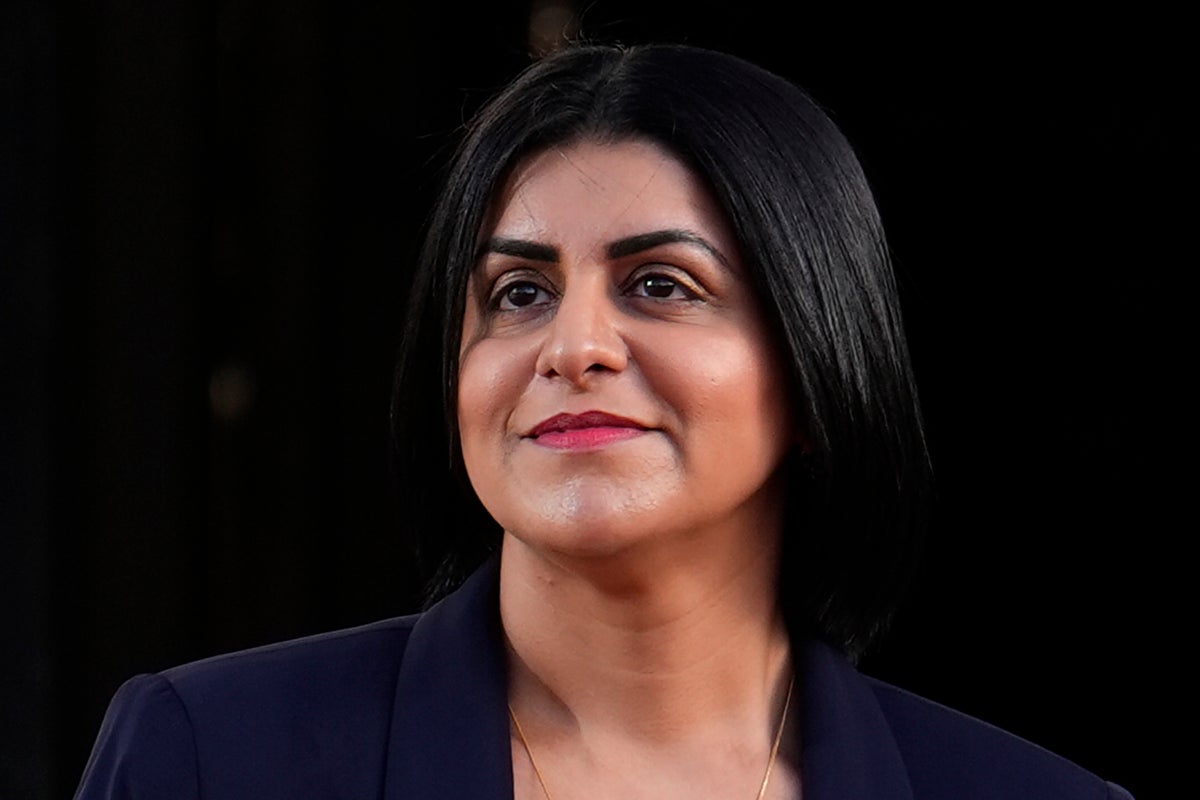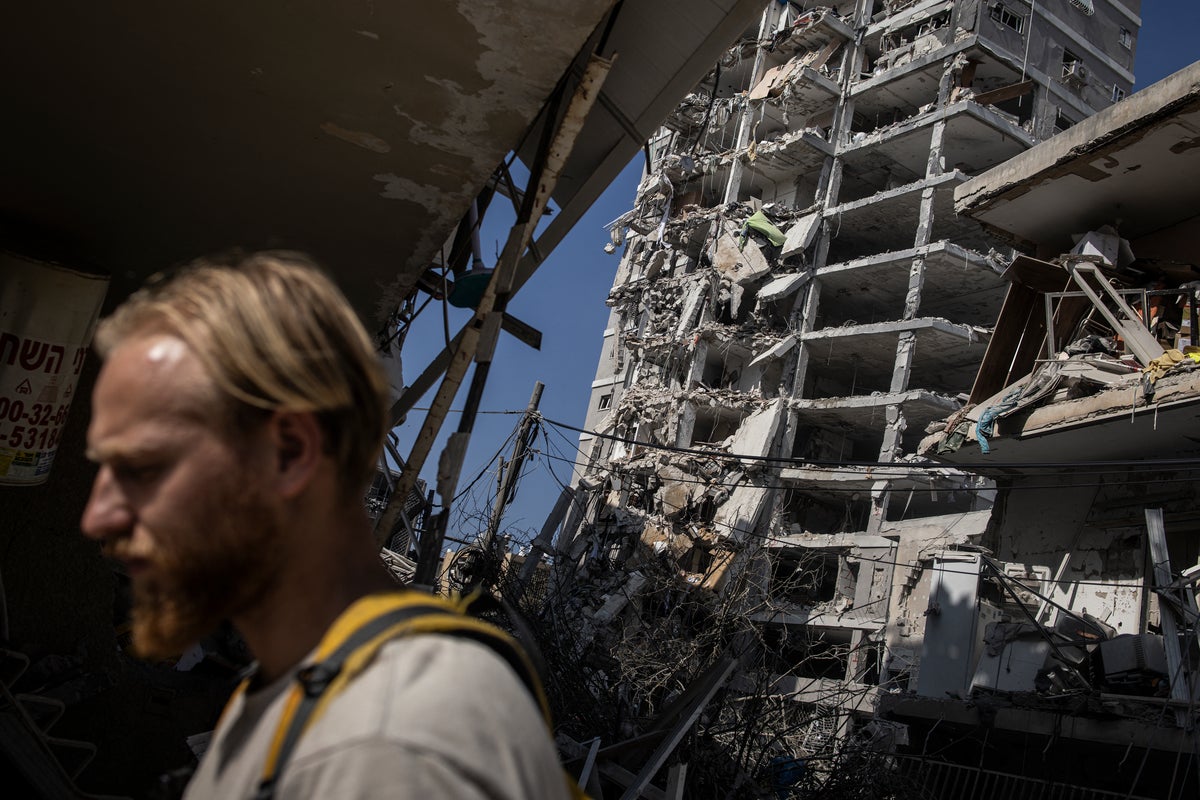Iran and Israel have launched a fresh wave of attacks on each other in a development that continues to raise fears that the wider region could be plunged into a destabilising conflict.
Footage from Tel Aviv appeared to show Iranian missiles slamming into residential areas in the early hours of Sunday, while local media reported targets across north and central Israel were also hit.
In Iran, authorities said an Israeli attack targeted the Shahran oil depot in Tehran, but said the situation was under control. Srikes also targeted Iran’s defence ministry building, causing minor damage, the semi-official Tasnim news agency said on Sunday.
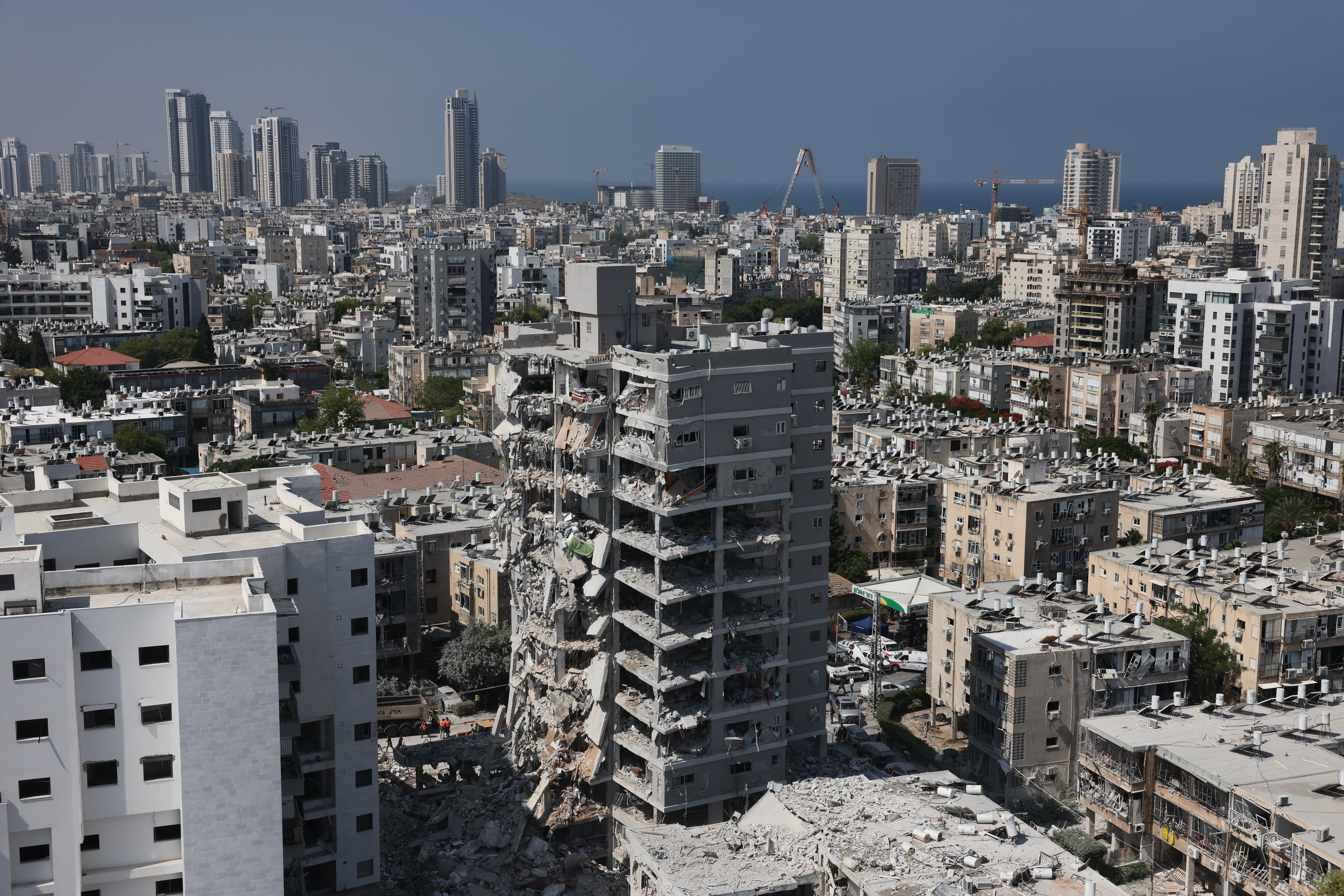
World leaders have urged restraint, as both countries warn they are preparing for more attacks amid escalating tensions.
The conflict began on Friday after Israel launched missiles at Iran, saying it was targeting its nuclear and military infrastructure in a “pre-emptive” move to stop the country developing a weapon.
Iran launched retaliatory strikes, which saw air sirens wail across the Tel Aviv region on Friday night as smoke rose above the Israeli capital.
So far, at least 13 people in Israel have been killed and over 300 others injured. Iran said 78 people were killed there on the first day of Israel’s campaign, and many more on the second, including 60 when a missile brought down a 14-storey apartment block in Tehran, where 29 of the dead were children. They have yet to issue a toll on Sunday.
Where has Israel hit Iran?
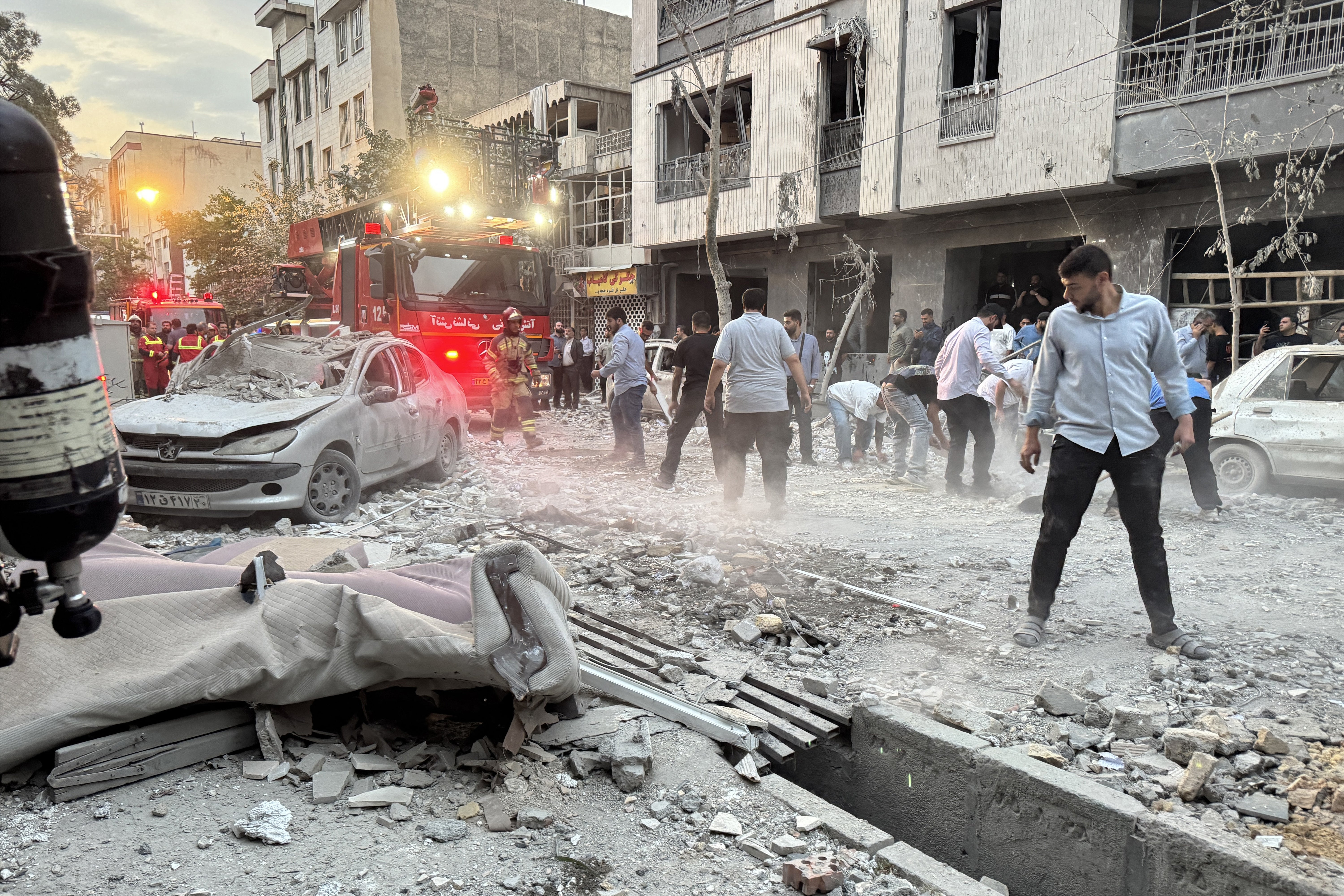
Operation Rising Lion – the offensive against Tehran – has mainly targeted nuclear sites, including destroying the above-ground section of Iran’s main Natanz nuclear base. However, civilians are also believed to have been killed by the strikes in civilian areas.
On Sunday, Iran said at least two oil facilities were hit, one in Shahran and the other in southern Tehran.
State news agency Fars said two projectiles had hit Mehrabad airport, in the capital, which is both civilian and military, on Saturday. Israeli strikes were also reported in around 10 locations in the East Azerbaijan province.
A military official on Saturday said Israel had caused significant damage to Iran’s nuclear facilities at Natanz and Isfahan, but had not so far operated in another uranium enrichment site, Fordow.
Israeli Defence Force (IDF) spokesman Brig Gen Effie Defrin said prior to Sunday’s attacks that around 200 Israeli Air Force aircraft had dropped 330 munitions on around 100 targets in total.
Attacks took place in several locations across Iran and involved drones and fighter jets. The map below shows some of the locations where the strikes took place.
Where has Iran unleashed strikes on Israel?
Tehran vowed harsh retaliation after the initial attack and launched hundreds of missiles overnight on Friday. Air raid sirens sounded out across the country and its citizens were ordered to move into bomb shelters, as the attack began.
The latest wave of Iranian attacks began shortly after 11pm local time on Saturday, when air raid sirens blared in Jerusalem and Haifa, sending around a million people into bomb shelters.
Around 2:30am Sunday, the Israeli military warned of another incoming missile barrage and urged residents to seek shelter. Explosions echoed through Tel Aviv and Jerusalem as missiles streaked across the skies, as interceptor rockets were launched in response. The military lifted its shelter-in-place advisory nearly an hour after issuing the warning.
Israeli authorities said at least 10 people were killed, including three children, and more than 140 were injured after homes were hit. Nearly 200 were wounded and six killed in a strike on an eight-storey building in Bat Yam, a city south of Tel Aviv, according to local officials. A further seven people are still missing. In the predominantly Palestinian town of Tamra in northern Israel, another four civilians were killed.
Yemen’s Iran-aligned Houthis said on Sunday they had also targeted central Israel’s Jaffa with several ballistic missiles in the past 24 hours, the first time an ally of Iran has joined the fray.
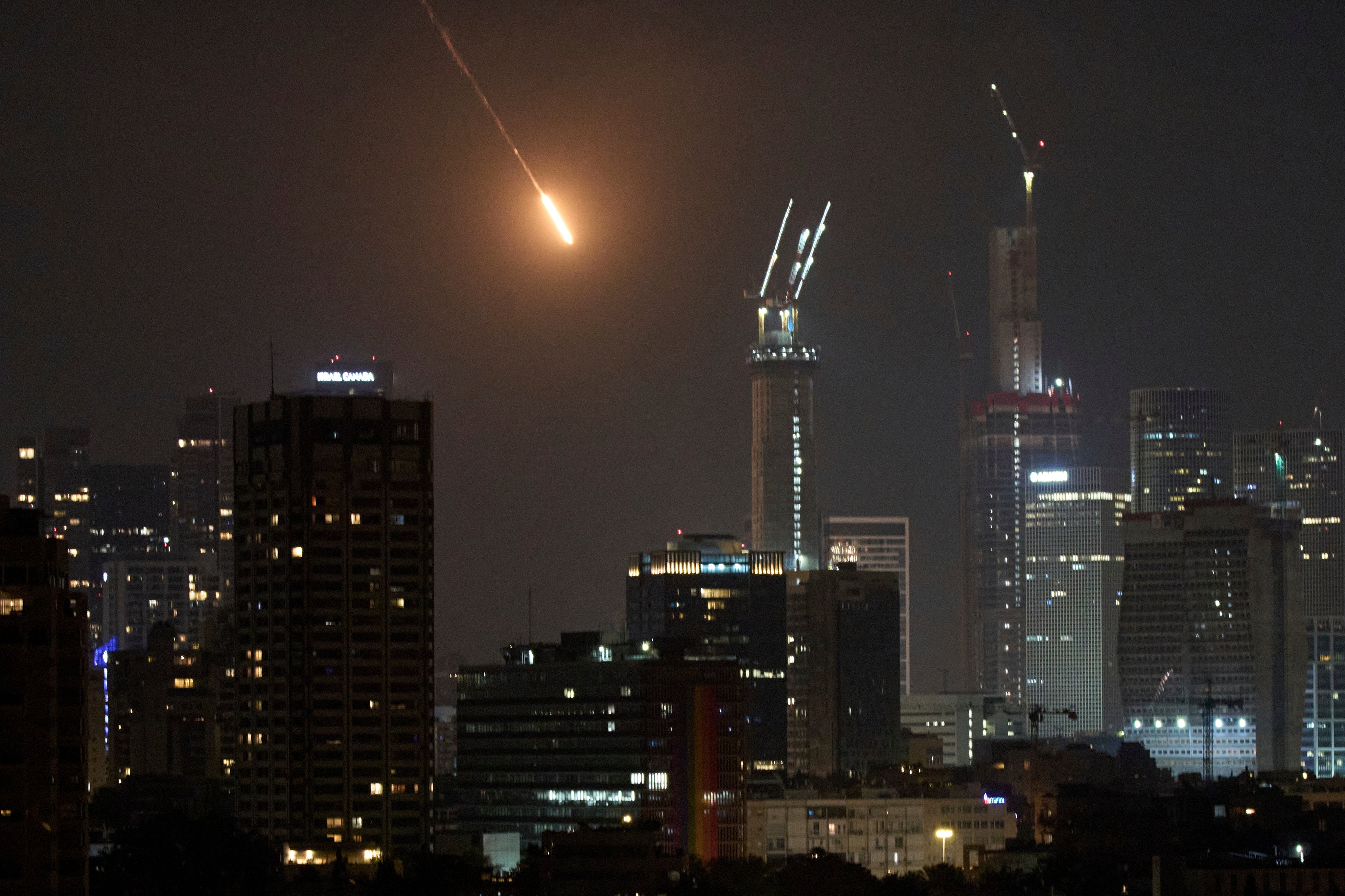
On Friday, missiles hit the central Israeli city of Rishon LeZion , south of Tel-Aviv, killing two people and injuring dozens more.
The map below shows some of the locations where the strikes took place.
Who has been killed?
Hossein Salami, the leader of Iran’s Islamic Revolutionary Guard Corps, was among the senior Iranian figures reportedly killed in Israel’s initial overnight strikes.
An Israeli official said it had “eliminated the highest commanders of their military leadership” and had killed nine nuclear scientists who “were main sources of knowledge, main forces driving forward the (nuclear) programme”.
On Saturday, Iran’s state TV reported that around 60 people, including 20 children, had been killed in an Israeli attack on a housing complex in Tehran.
Earlier, the country’s ambassador told the UN Security Council that at least 78 people had been killed and more than 300 wounded in the strikes on Iran, most of them civilians.
Thirteen people have been killed in Israel.

Israel’s paramedic service said two people were killed and another 19 people were injured after Iranian missiles struck the central Israeli city of Rishon LeZion on Saturday.
A spokesperson for Beilinson Hospital said one woman was killed in a second Iranian barrage when a building was hit in Tel Aviv.
Both Israel and Iran have vowed to continue their respective attacks on each other.
Israel has warned that “Tehran will burn” if it continues its retaliatory strikes, as Iran warned the US, UK and France against shooting down its missiles.

Israel’s defence minister Katz said citizens of Iran would “pay a heavy price for the flagrant harm inflicted upon Israel’s citizens” on Saturday, adding: “If Khamenei continues to fire missiles at the Israeli home front, Tehran will burn.”
Iran has also warned the US, UK and France that their bases and ships in the region will be targeted if they help stop Tehran’s strikes on Israel.
Iran’s Fars News agency, citing a senior military official, said on its Telegram account that the conflict would spread to “American bases in the coming days” prompting concerns about attacks on locations in places including Iraq.
“The aggressors will be the target of Iran’s decisive and extensive response” the official reportedly told the news outlet.
The US has a military presence across the major oil-producing region, with bases in Iraq, Kuwait, Qatar, Bahrain and the United Arab Emirates. Iraq, a rare regional partner of both the US and Iran, hosts 2,500 US troops, although Tehran-backed armed factions are linked to its security forces.
The map below illustrates how Israel’s conflict with Iran extends well beyond the borders of both countries. A potential regional war could envelop Iraq, Kuwait and Bahrain if Iran decides to retaliate against US bases in the Middle East.
Additional reporting by agencies
